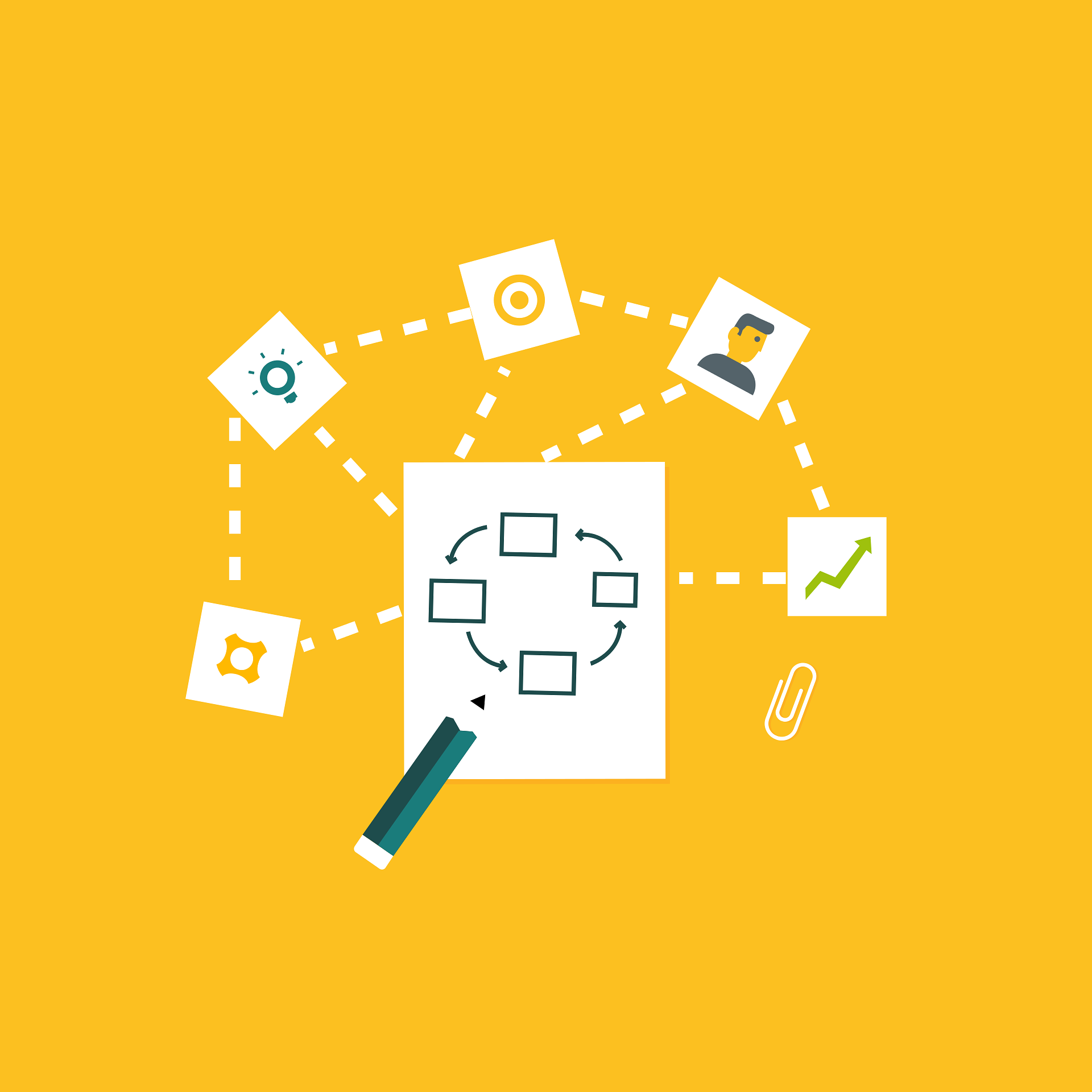A strong user experience (UX) is important for any website aiming to stand out. With users expecting seamless and personalized interactions, the need for innovative solutions to enhance website functionality and user experience is more pressing than ever. API integration is one solution that can transform a website's capabilities.
API integration allows websites to connect and communicate with other applications and services, enabling a more dynamic and interactive user experience. By integrating APIs, websites can access external data and functionalities, enriching the user experience and providing more value to visitors. The benefits of API integration go beyond just improved functionality; they also play a key role in enhancing the overall user experience, making it an essential component in the development of contemporary websites.
What is API Integration?
An API, or Application Programming Interface, is a set of rules and protocols that allows different software applications to communicate with each other. Think of an API as a waiter in a restaurant. Just as a waiter takes your order, communicates it to the kitchen, and then brings your food back to you, an API takes requests from one application, communicates them to another application or service, and then returns the response.
API integration is the process of connecting APIs from different applications or services to enable them to work together. This allows websites to access and use external data sources and services, enhancing their functionality and offering more to their users. For example, a weather website might use API integration to pull real-time weather data from a third-party service and display it on their site.
How Does API Integration Boost Website Functionality?
API integration can significantly enhance the functionality of a website by adding a wide range of features and streamlining processes. By enabling seamless communication between different software applications and services, API integration opens up a world of possibilities for website developers. From enhancing user interactions to automating backend processes, the impact of API integration on a website's functionality is profound and multifaceted.
Enhanced Features
- Real-time Data Integration: By integrating APIs from external data sources, websites can display real-time information such as weather updates, shipping statuses, or stock market trends. This keeps the content fresh and relevant for users.
- Social Media Logins and Sharing: APIs from social media platforms can be integrated to enable users to log in using their social media accounts and share content directly from the website. This improves user convenience and increases social engagement.
- Payment Processing Gateways: Integrating payment gateway APIs allows websites to process transactions securely and efficiently. This is essential for e-commerce sites, providing a smooth checkout experience for customers.
- Customized Maps and Location Services: Integrating APIs from mapping services like Google Maps can provide users with interactive maps, location-based recommendations, and directions, enhancing the user's navigation experience on the website.
- Chatbots and Customer Support: APIs can be used to integrate chatbots or live chat services into a website, offering instant customer support and improving user engagement.
- Event Scheduling and Booking: For websites offering booking services, integrating APIs from scheduling platforms can streamline the appointment booking process, making it more user-friendly and efficient.
- Content Management Systems: Integrating APIs from content management systems (CMS) can allow for seamless content updates and management, ensuring that the website's content is always up-to-date and relevant.
- Analytics and Tracking: By integrating analytics APIs, websites can track user behaviour and gather insights to improve the user experience and optimize the website's performance.
Streamlined Processes
- Automatic Data Synchronization: API integration can automate the synchronization of data between different systems or applications. For example, integrating a CRM API with a website can ensure that customer data is always up-to-date across both platforms.
- Reduced Development Time and Resources: By leveraging existing APIs, developers can add complex functionalities to a website without having to build them from scratch. This saves time and resources, allowing for a more efficient development process.
How Does API Integration Improve User Experience?
API integration is a key factor in creating a user-centric website that responds to the needs and preferences of its audience, providing a more enjoyable and satisfying online experience.
Increased Efficiency
API integration significantly increases the efficiency of a website, particularly in areas like checkout processes and social sharing. By integrating payment gateway APIs, websites can offer streamlined checkout experiences that simplify the purchasing process, saving users time and reducing cart abandonment rates.
Additionally, the integration of social media APIs enables seamless sharing of content from the website to users' social networks, making the sharing process effortless and thereby increasing the website's visibility.
Personalized Experience
API integration enables websites to personalize content and recommendations based on user data. For example, by integrating an e-commerce website with a user's social media profile, the website can display products or content that aligns with the user's interests and past behaviour.
Greater Convenience
API integration offers users features they already use and trust, such as social logins. This eliminates the need for users to create new accounts, leading to a more convenient and frictionless experience.
Engaging Content
APIs can provide access to real-time data and dynamic content, keeping the website fresh and engaging. For example, a news website can use APIs to display the latest headlines, while a sports website can show live scores and updates.
Examples of API Integration in Action
By allowing different applications and services to communicate with each other, API integration can significantly improve the functionality and interactivity of a website. This versatility makes it a popular choice among developers and website owners who are looking to provide a more engaging and efficient online experience for their users.
E-commerce Website Using a Payment Processing API
An e-commerce platform like Shopify integrates payment processing APIs such as Stripe or PayPal to offer secure and efficient transaction processing. This integration allows customers to make seamless purchases directly on the website, enhancing their shopping experience by providing a smooth checkout process. It also builds trust in the platform by ensuring that transactions are handled securely and efficiently.
Travel Booking Website Integrating a Flight Search API
Websites like Expedia or Kayak utilize flight search APIs to aggregate real-time flight options from various airlines. This integration enables users to compare prices, schedules, and other details all in one place, simplifying the process of finding and booking the best travel options. It provides a convenient and user-friendly experience, making it easier for travelers to plan their trips with confidence.
Health and Fitness Website Integrating a Workout Tracking API
A health and fitness website might integrate a workout tracking API like Fitbit or Strava to allow users to sync their exercise data with the website. This integration can help users track their progress, set goals, and receive personalized recommendations based on their activity levels. It enhances the user experience by providing a comprehensive overview of their fitness journey and encouraging them to stay motivated and engaged with their health goals.
API Integration and Enhanced Web Experiences
API integration is a vital tool for modern websites, offering numerous benefits that enhance both functionality and user experience. By enabling real-time data integration, streamlined processes, and personalized content, API integration ensures that websites remain dynamic, efficient, and engaging for users.
Choosing the right APIs that align with your website's specific needs and goals maximizes these benefits. It's important to assess the reliability, security, and compatibility of potential APIs to ensure a seamless integration experience.




